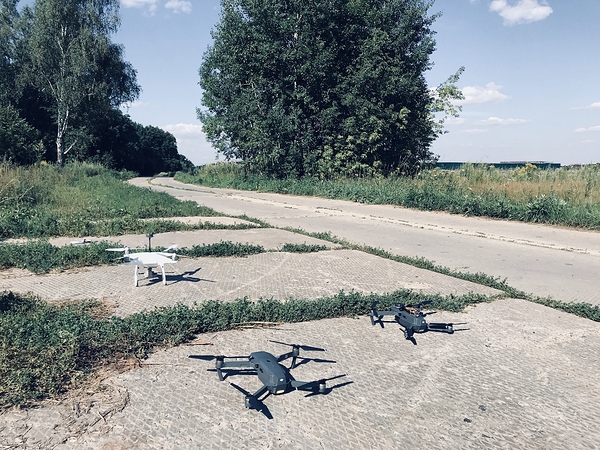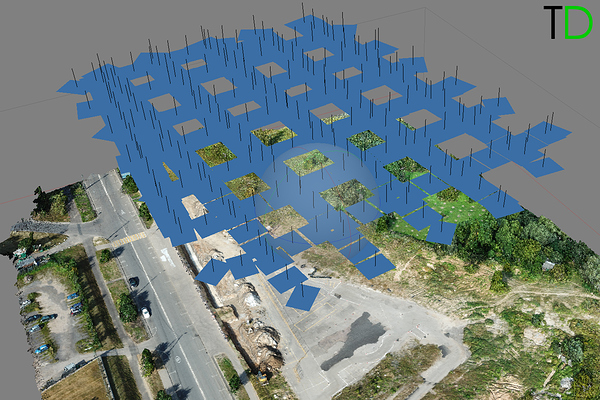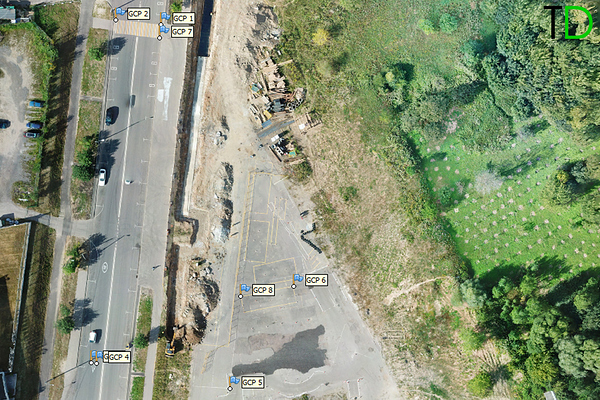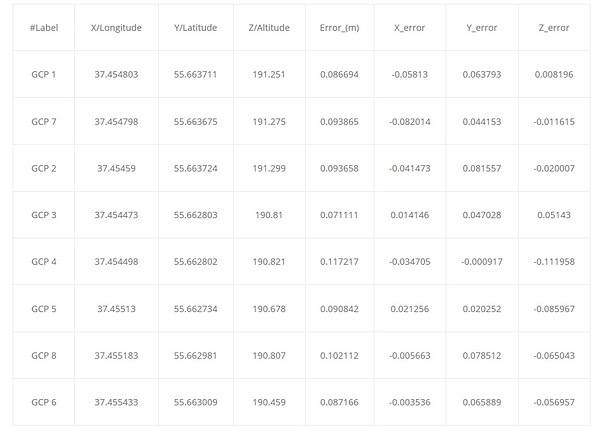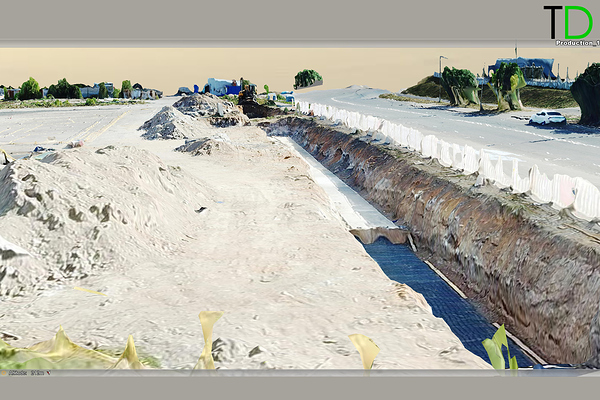Good day to all! I want to share the results of practical application of upgraded drones by Topodrone team for high-precision UAV survey, cadastral and geological work, highly detailed 3D modeling.
For the first time modified DJI PHANTOM 4PRO RTK PPK with Reach GNSS receiver on board took off in the sky in February 2018, from that moment already more than 30 survey teams all over the world use our drones in work, the geography of their flights is quite wide: Russia, Canada, Finland, Greece, Spain and even Samoa)).
The first flight in February 2018, we carried out at an altitude of 200 meters and achieved an accuracy of 13 to 20 cm without the use of ground control points (GCP). After adjusting the hardware and software, we precisely capture camera events and substantially improved accuracy, now the DJI PHANTOM 4PRO RTK PPK allows to obtain an accuracy of up to 3 cm from a height of 60 m, 5-7 cm from a height of 120-150 m and of the order of 10 - 12 cm from a height of 200 meters. As it seems to us, this is a very good result, which makes it possible to use low cost copter to solve many types of UAV survey.
We continue developing and today we want to represent the most affordable drone - DJI MAVIC PRO PPK with an additional geodetic GNSS REACH M+ receiver integrated with the camera 12 mp, which allows you to save the coordinates of the images with centimeter level accuracy and create high-precision and detailed three-dimensional terrain models and orthophotos.
After tested flights and field works , we confidently confirm that at 80 meters altitude our solution provides the accuracy of of 6-8 cm without using GCP !!!
For testing, we selected an area with well recognized ground control points measured by survey grade GNSS receiver for further accuracy estimating. Flights at a height of 80 meters were performed with double grid routs.
Pic. 1 Photos locations
Pic. 2 GCP locations
After phogrammetric processing with using only accurate images locations captured by Reach M+ and postprocessed by RTK LIB we imported ground control points (Fig. 2) and determined their location on the images, in Table.1 you can see the accuracy report.
Table .1
After building a dense points cloud, orthophotomocaic and a three-dimensional terrain model were created, it is possible to determine the coordinates of any object, as well as to perform the necessary calculations, for example volume calculation.
Key futures and major advantages of DJI MAVIC PRO PPK with Reach M+ by Topodrone :
- impressively portable , when folded down, measuring only 83 x 83 x 198mm – more than compact enough to slip into a small bag;
- long-range remote control up to 7 km;
- battery delivering around 27 minutes of flight per charge;
- Advanced obstacle detection system. Mavic Pro can automatically rise in front of inclined objects such as mountain slopes. In total, there are des 2 sonars and 5 simultaneously working cameras;
- Survey grade GNSS GPS/QZSS L1, GLONASS G1, BeiDou B1, Galileo E1, SBAS receiver integrated with 12 MP camera allows to capture photos events with centimeter level accuracy and automatically process data in any photogrammetric software;
- low cost and ease to use extends the possibilities of its application in various sectors of UAV survey.
DJI MAVIC PRO upgraded by Topodrone, having all the above advantages and technological innovations, creates a new trend in the direction of unmanned aerial vehicles for geodesy, and makes them essentially an indispensable tool that every surveyor, mine surveyor, cadastre engineer, archaeologist or geologist will carry with him soon.
Please see more info at
www.eng.topodrone.ru




